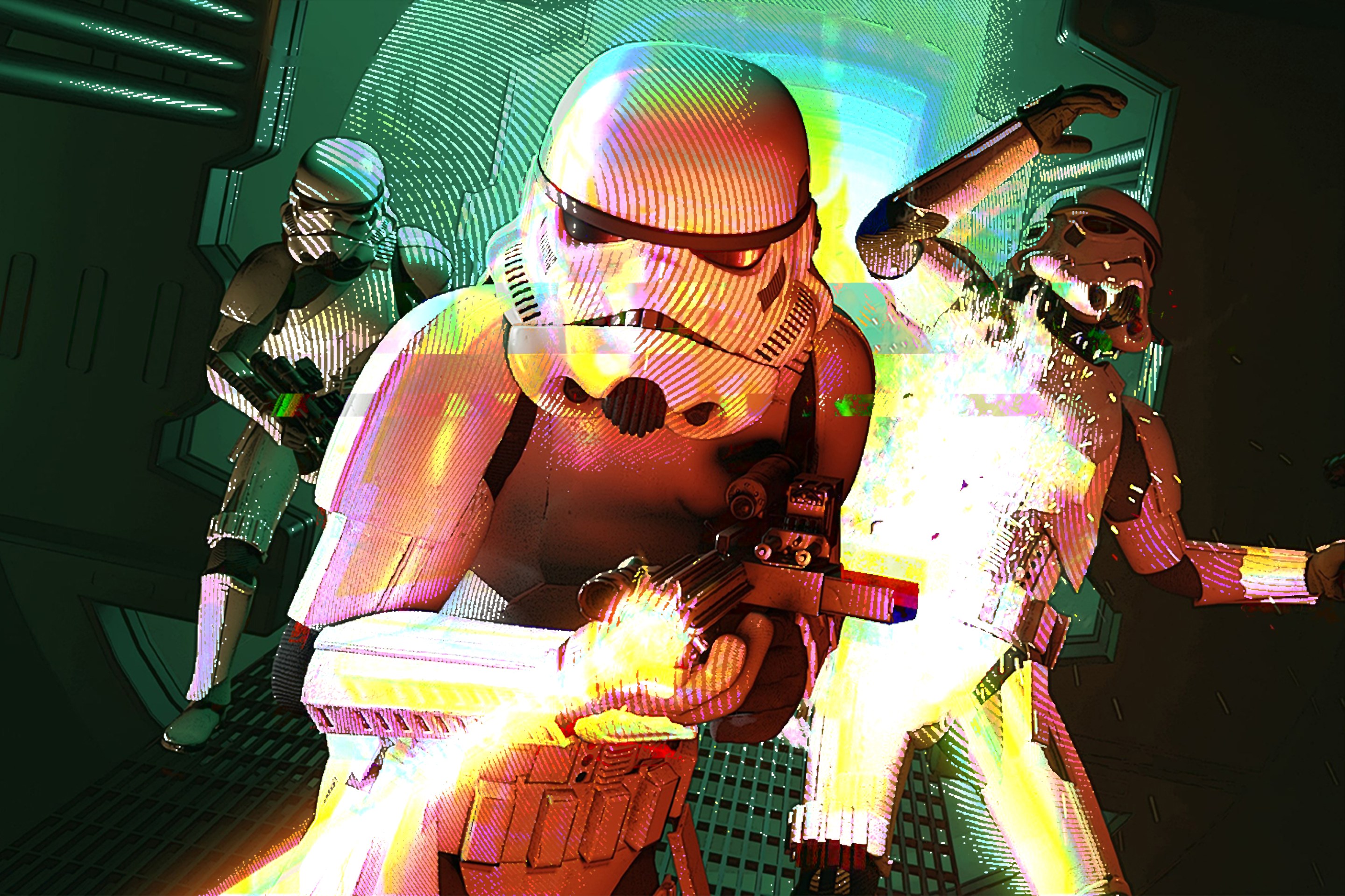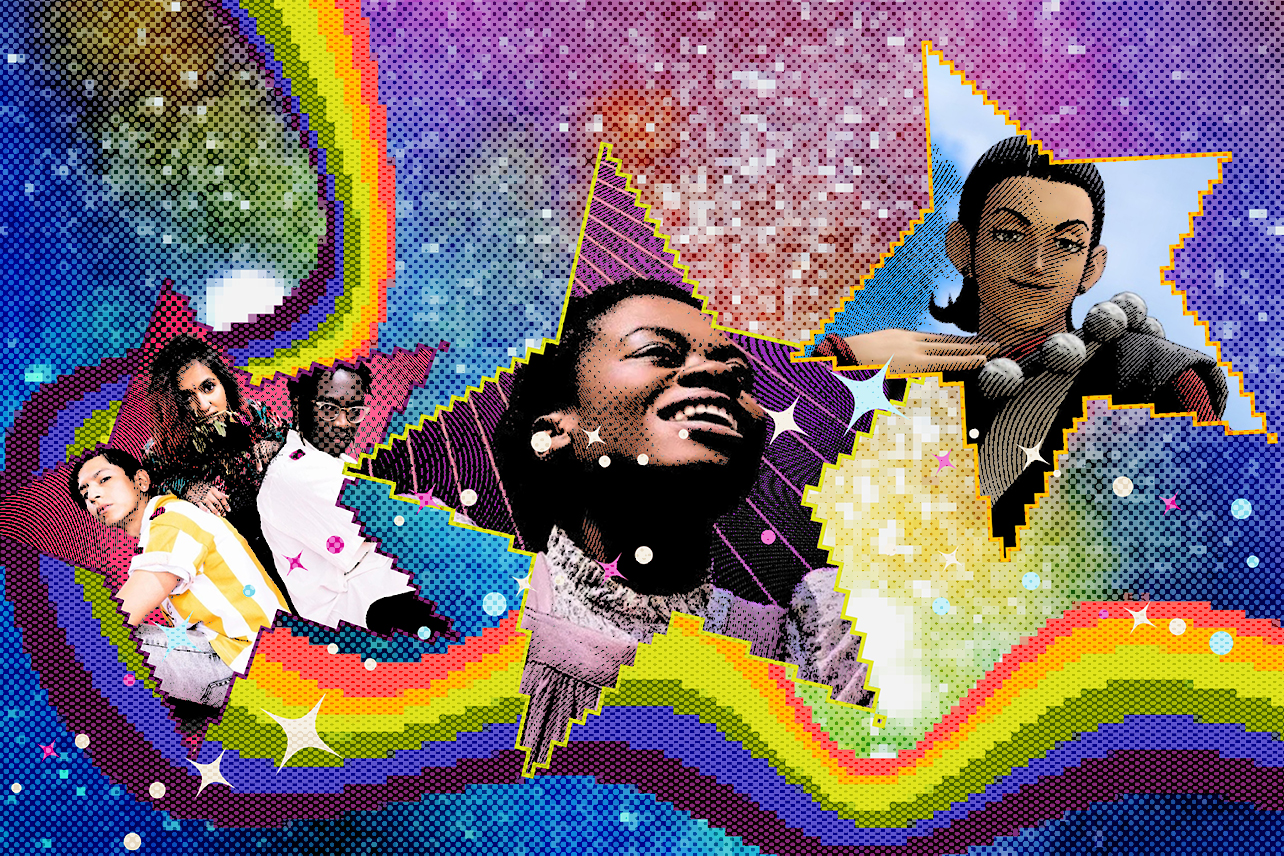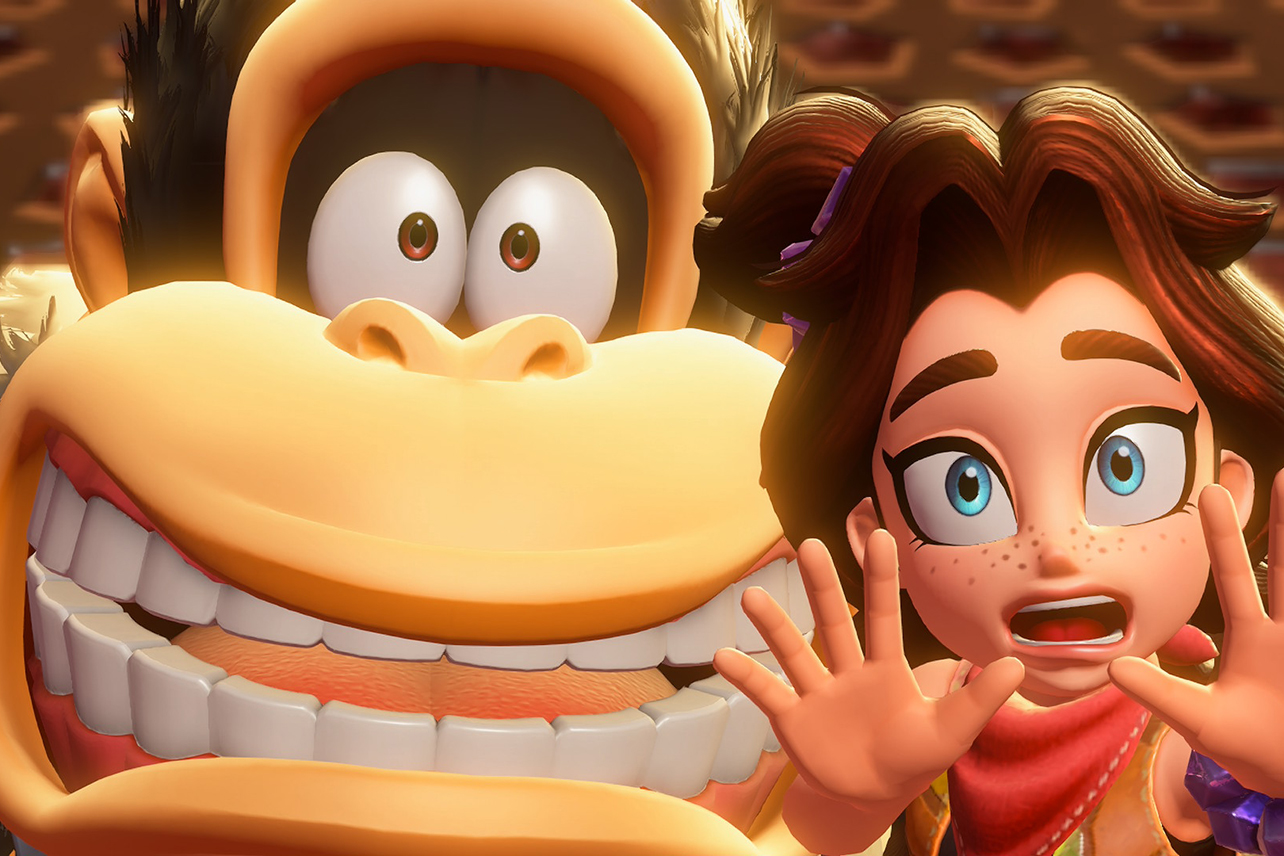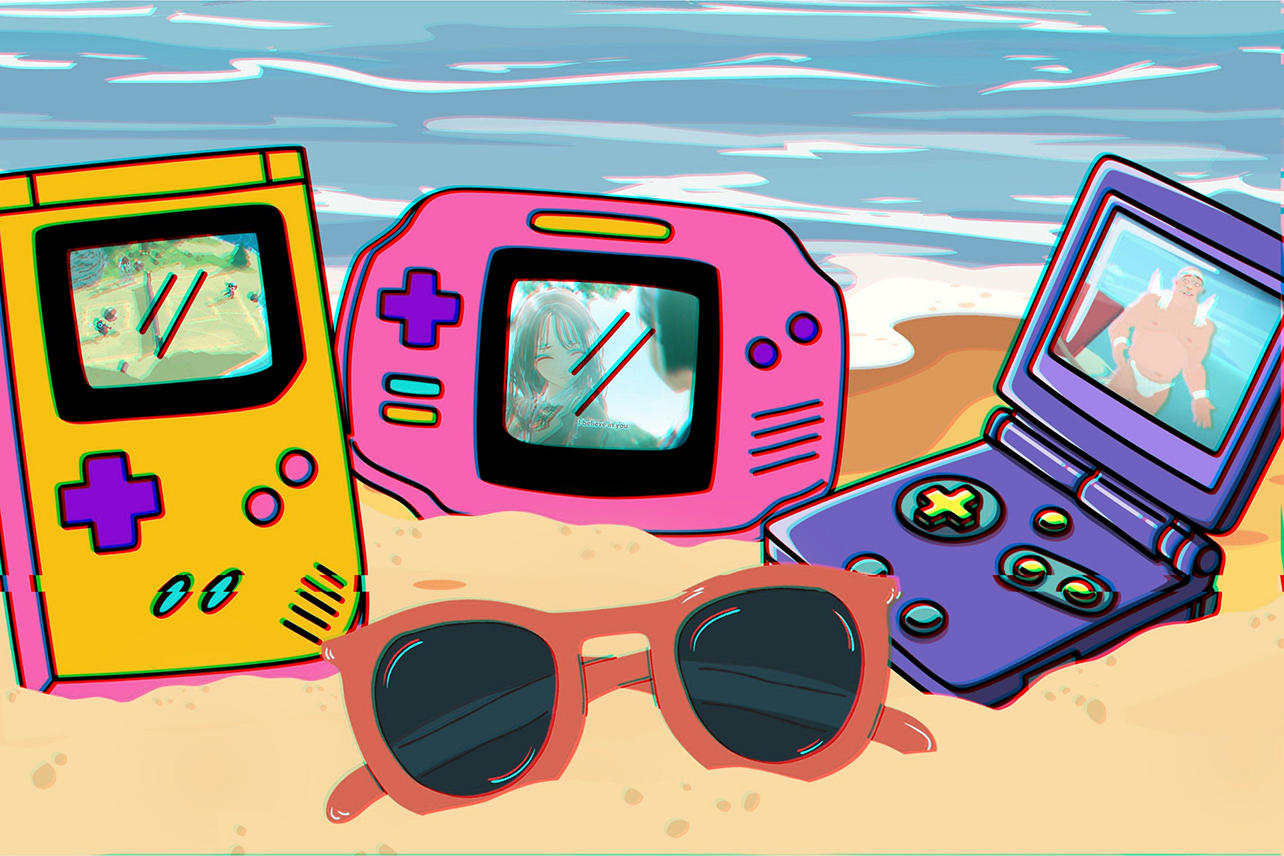In the spring of 1995, with Star Wars stuck in a silent stretch between trilogies, LucasArts dropped something that felt like a blaster bolt straight to the chest of gaming culture. That something was Star Wars: Dark Forces—a first-person shooter that didn’t just borrow from DOOM but boldly carved out its own identity.
The timing couldn’t have been better. After Return of the Jedi in 1983, Star Wars went quiet. The next theatrical moment wouldn’t come until the Special Edition re-releases in 1997 and The Phantom Menace in 1999. In the meantime, the Expanded Universe was carrying the torch in books and comics, but fans wanted something interactive, something that put them right into the fight. Dark Forces delivered in droves with sharp gameplay, an original story, and a chance to finally step into the boots of a resourceful Rebel hero.
The star of this show was Kyle Katarn, an ex-Imperial turned mercenary with sharp aim and an even sharper wit. Before Rogue One rewrote the book, it was Kyle who was hired to swipe the Death Star plans in the game’s opening mission. From there, he uncovered the Empire’s Dark Trooper project—hulking droid-like super soldiers designed to crush the Rebel Alliance. With help from intelligence operative Jan Ors, Kyle infiltrated sewers, mines, spaceports, and even Darth Vader’s personal flagship, the Executor. The finale, set aboard the massive Arc Hammer dreadnought, felt like something straight out of the movies. For fans who’d spent the better part of a decade dreaming of the brand’s triumphant return, it was electric.
But the secret sauce in this cocktail wasn’t just the Star Wars branding. LucasArts built a brand-new engine, the Jedi Engine, instead of copying DOOM’s tech. That let them pull off things unheard of at the time—looking up and down, jumping, crouching, swimming, and, most importantly, creating true multi-level environments. Instead of flat corridors, levels had vertical layers and secret side paths begging to be explored. The result was a world that felt more alive than other shooters of the day. Elevators rattled, conveyor belts churned, pools of toxic chemicals boiled. It was immersive in a way that instantly set it apart.
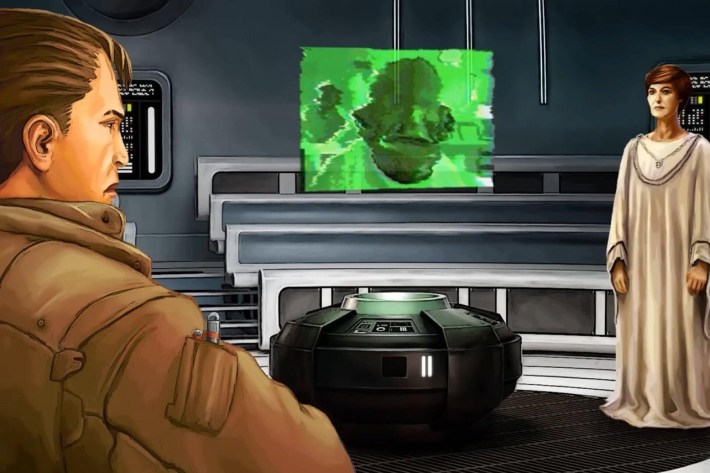
The presentation was pure Star Wars magic. Mission briefings made every level feel like a Rebel op, while slick cutscenes featuring familiar faces like Darth Vader, Boba Fett, Mon Mothma, and Admiral Ackbar pulled gamers in and kept the story rolling. The sound design nailed it—stormtroopers shouted digitized commands, blasters cracked with that familiar hiss, and John Williams’ score was cleverly reworked through LucasArts’ iMUSE system, dynamically shifting to match the action. One minute you’d be sneaking through shadowy halls with tense strings; the next, a triumphant fanfare would kick in as you blasted your way to the extraction point. It felt cinematic even on a chunky CRT monitor.
Critics picked up on the difference right away. PC Gamer slapped it with a glowing 92%, and PC Zone gave it 95%. Reviews praised the game for being more than just another DOOM clone. It had personality, story, and smart mission design. Sure, the PlayStation port that followed in 1996 was a bit of a slideshow, but on PC and Mac, Dark Forces quickly became a must-play shooter. By 1999, it had sold nearly a million copies in the U.S. alone—an impressive feat for a single-player FPS in the pre-online era.
Dark Forces didn’t just scratch an itch—it kicked off a whole new saga. Its sequel, Jedi Knight: Dark Forces II, gave Kyle Katarn a lightsaber and Force powers, launching one of the most beloved Star Wars game series ever. Meanwhile, the Dark Troopers introduced here would eventually cross over into official canon, popping up decades later in The Mandalorian. Even in 2024, the game got a shiny remaster courtesy of Nightdive Studios, showing that nearly 30 years later, fans still want to blast through Imperial corridors with Kyle Katarn leading the charge.
Booting it up today, there’s no denying the retro vibes. The sprites are blocky, the UIs are old-school, and the difficulty can be downright unforgiving. But beneath that ‘90s veneer is a game that still feels ambitious, stylish, and unmistakably Star Wars. Its mission-driven design, vertical maps, and cinematic touches paved the way for the modern story-driven shooter. And for fans back in 1995, it wasn’t just a fun game—it was a lifeline to a galaxy they thought had fallen silent.
Dark Forces wasn’t about Jedi destiny or Sith absolutes. It was about a scrappy mercenary with a good blaster at his side, sneaking, blasting, and sabotaging his way through the Empire. It gave fans exactly what they wanted at exactly the right time. Star Wars had returned. The prophecy had been fulfilled. And all was right in the galaxy once more.
